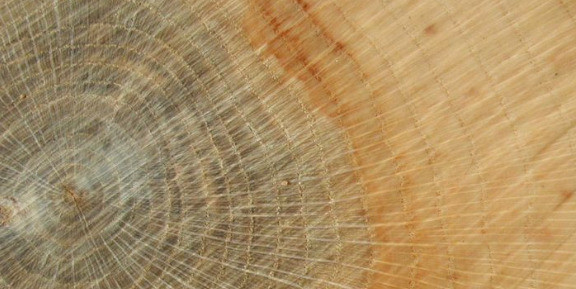Regionally focussed Circular Biomaterials Economies: An Idea whose time has come!

Circular economy Regionally focussed Circular Biomaterials Economies: An Idea whose time has come! Circular economy - what is it and why do we need it
There is a lot of talk about the circular economy these days. The Ellen MacArthur Foundation has done an excellent job in taking this conversation into the big consultancies like McKinsey and into the international policy and business arenas like the World Economic Forum in Davos. Business leaders and heads of state are beginning to agree that we need more of that circular economy approach and we need it quickly and everywhere.
Building on industrial ecology, industrial symbiosis, Cradle to Cradle and The Upcycle, the Ellen MacArthur Foundation’s work on the circular economy and the multi-stakeholder platform CE100 that the foundation helped to create, also draw important lessons from biomimicry’s Life´s Principles, and the American Chemical Society’s Principles of Green Chemistry.
The ‘circular economy’ approach is not a new fad but a maturing body of knowledge and practice that has evolved since the 1980s. It is an idea who’s time has come. The importance of creating efficient, renewable energy and materials based economies and production systems is increasingly self-evident as humanity is catching up with the bio-physical reality of fossil resource and energy constraints on a planet heading for 9 billion human inhabitants by 2050, while facing the real an present danger of run-away climate change.
As an educator, I co-authored the Economic Design dimension of Gaia Education’s Design for Sustainability course which includes a chapter on the Circular Economy 101: Designing regeneration into the system, and I regularly teach seminars on systemic biomimicry and regenerative design which also highlight the importance of bio-materials and renewable energy based circular regional economies.
As a researcher and policy consultant, I helped to launch the Commonwealth Secretariat’s Regenerative Development to Reverse Climate Change initiative. It aims to enable wide-spread bio-sequestration of atmospheric carbon into improved agricultural soils, increased forest covers, productive agro-forestry systems and bio-materials generated by community-lead and place-sensitive regional economies.

‘Circular Economy: What is it and why do we need it’ at a conference in Palma de Mallorca

Dr. Wahl presenting the study on ‘Endangered Elements’ by the Royal Society of Chemistry
As a consultant in industrial innovation, I have worked with Forum for the Future and Ecover on the Mallorca Glocal Project, that practically experimented with the feasibility of producing biological detergents and cleaning products on the island using almost entirely organic municipal waste and agricultural waste streams as the feedstock.
As a member of the International Futures Forum, I have worked with Ian Page and colleagues on the long-term outlook for the circular economy within an energy restrained world where humanity cannot afford to burn all existing fossil fuel reserves if it wants to avoid global warming to rise beyond 2.0 degrees above pre-industrial levels.
The startling insight from material depletion curves and the economic, mineralogical and energetic limits of efficient mining operations is that by 2050 we will have to be a long way towards a circular economy that almost entirely creates products from carbon, hydrogen, oxygen and nitrogen (CHON). These are the only abundant materials that nature recycles at relatively low energy inputs.
In order to avoid running into an innovation dead-end with the circular economy, we need to ensure this transformation is systemic enough; pays attention to scale – both spatially and temporally; and innovates circular processes that circulate the ‘right’ materials using the ‘right’ kind of renewable energy. There are a lot of pit-falls along the way to creating circular bio-materials economies that are regenerative by design. If done well, they promise pathways towards vibrant regional economies and thriving local communities in global collaboration.
Circular economies will be part of a future where humanity’s impact on Earth is regenerative rather than destructive, where we have learned to live well within planetary boundaries, and where we have learned the central lesson of biomimicry that “Life creates conditions conducive to life” (Janine Benyus).


0 comments
Leave a comment